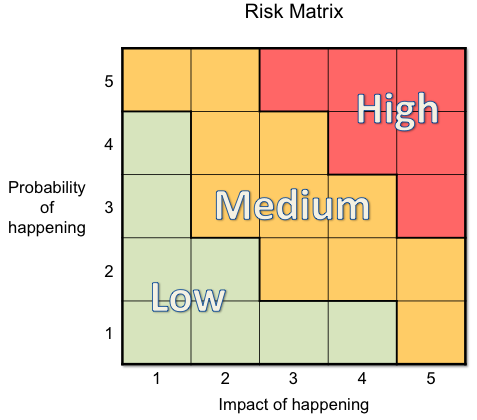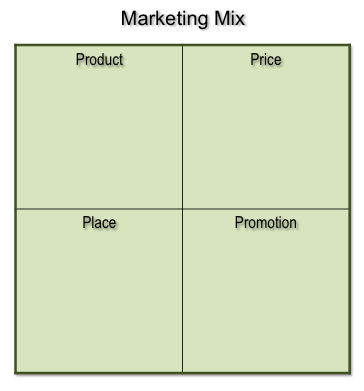What is a Business Strategy?
The phrase ‘Business Strategy’ can sound both impressive and important but it also often sounds vague and detached.
Business Strategy Defined
There is a lot of jargon that surrounds business strategy but put simply:
A Business Strategy is the overall, long-term plan of an organisation to fulfil it’s purpose.
A business strategy is not the same as a business plan. A business strategy is based on a longer timescale and may incorporate multiple business plans. For example, a cleaning company may have a one year business plan for it’s domestic business and another one year plan for it’s commercial business whilst it’s 5 year business strategy […]










 Stage 1: Introduction
Stage 1: Introduction



